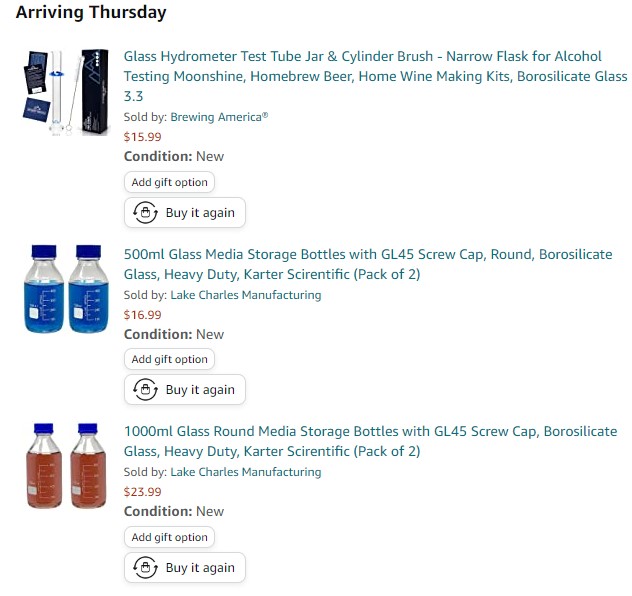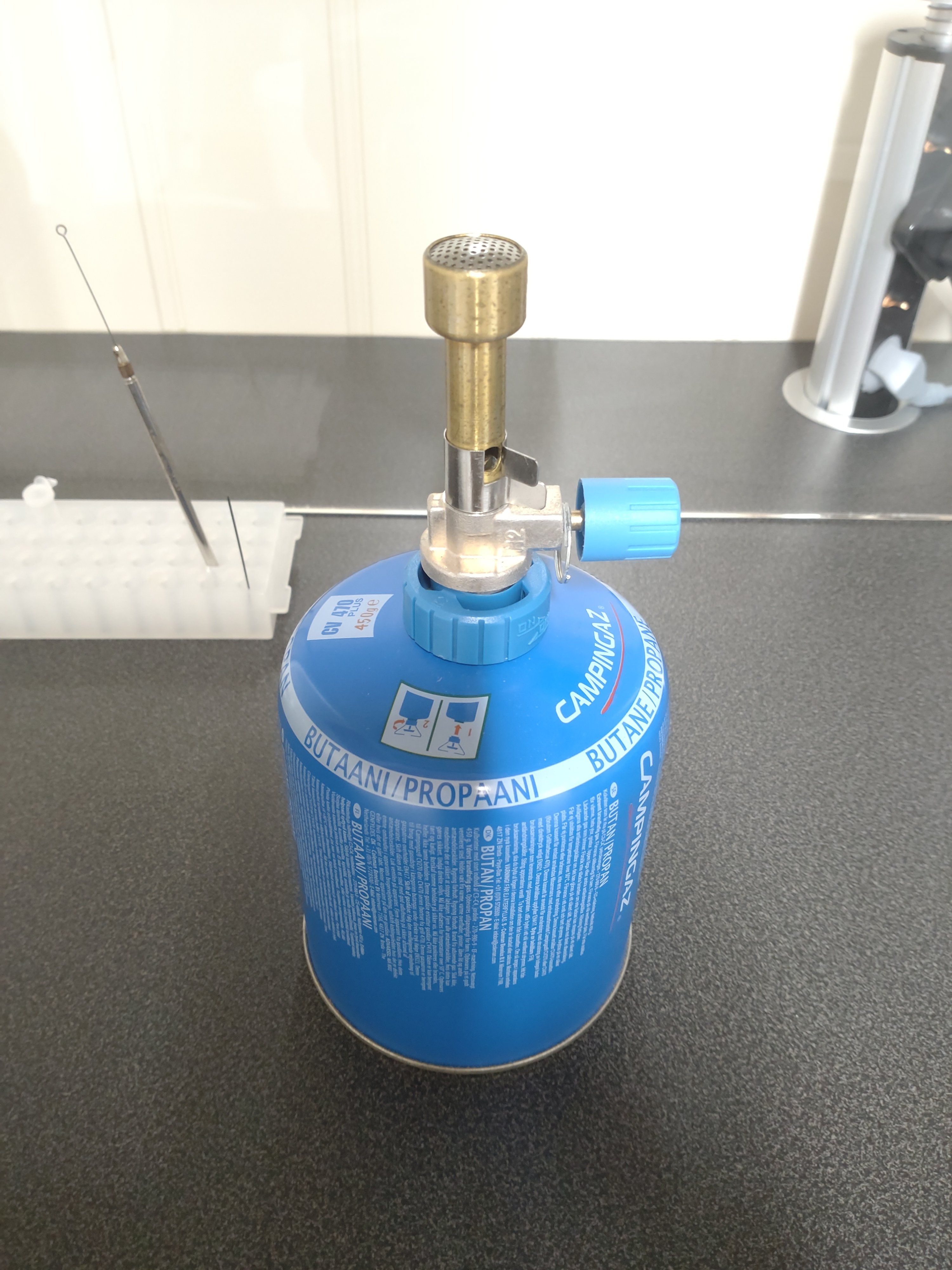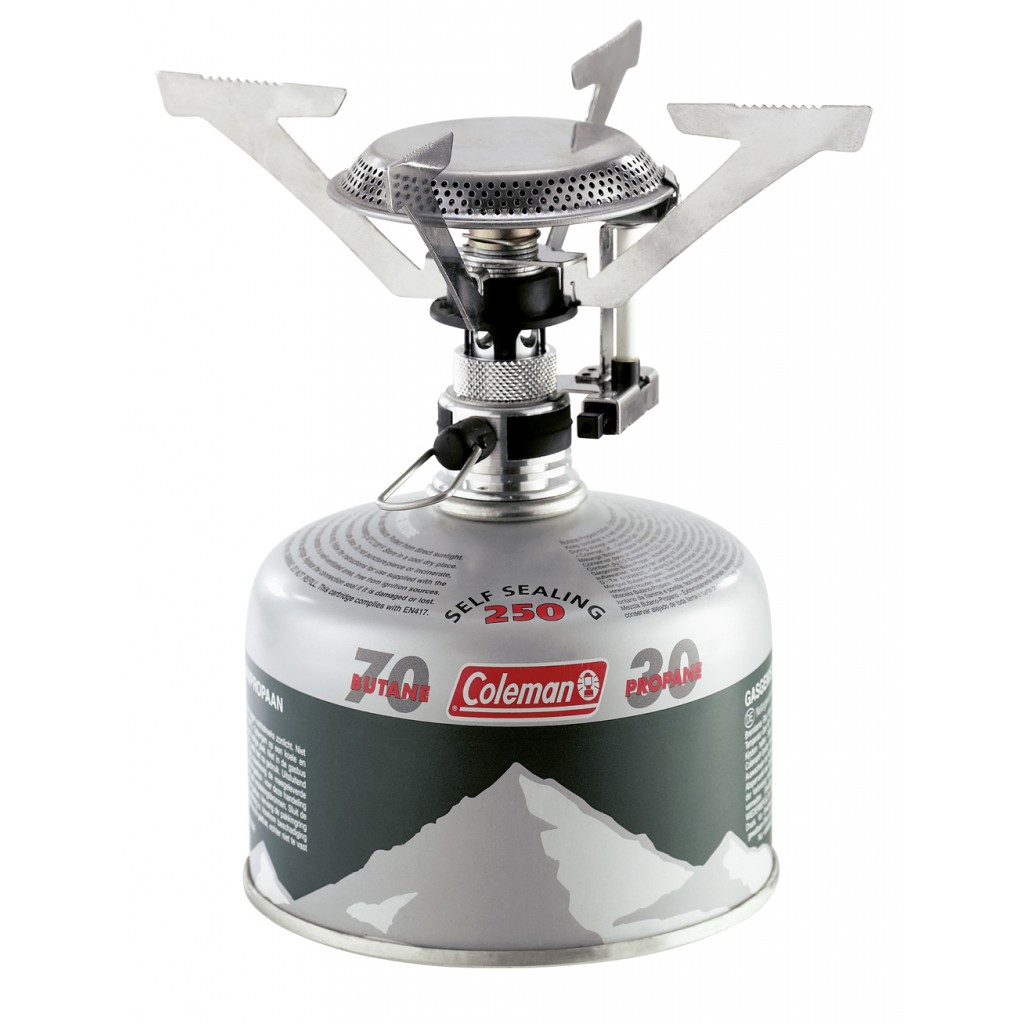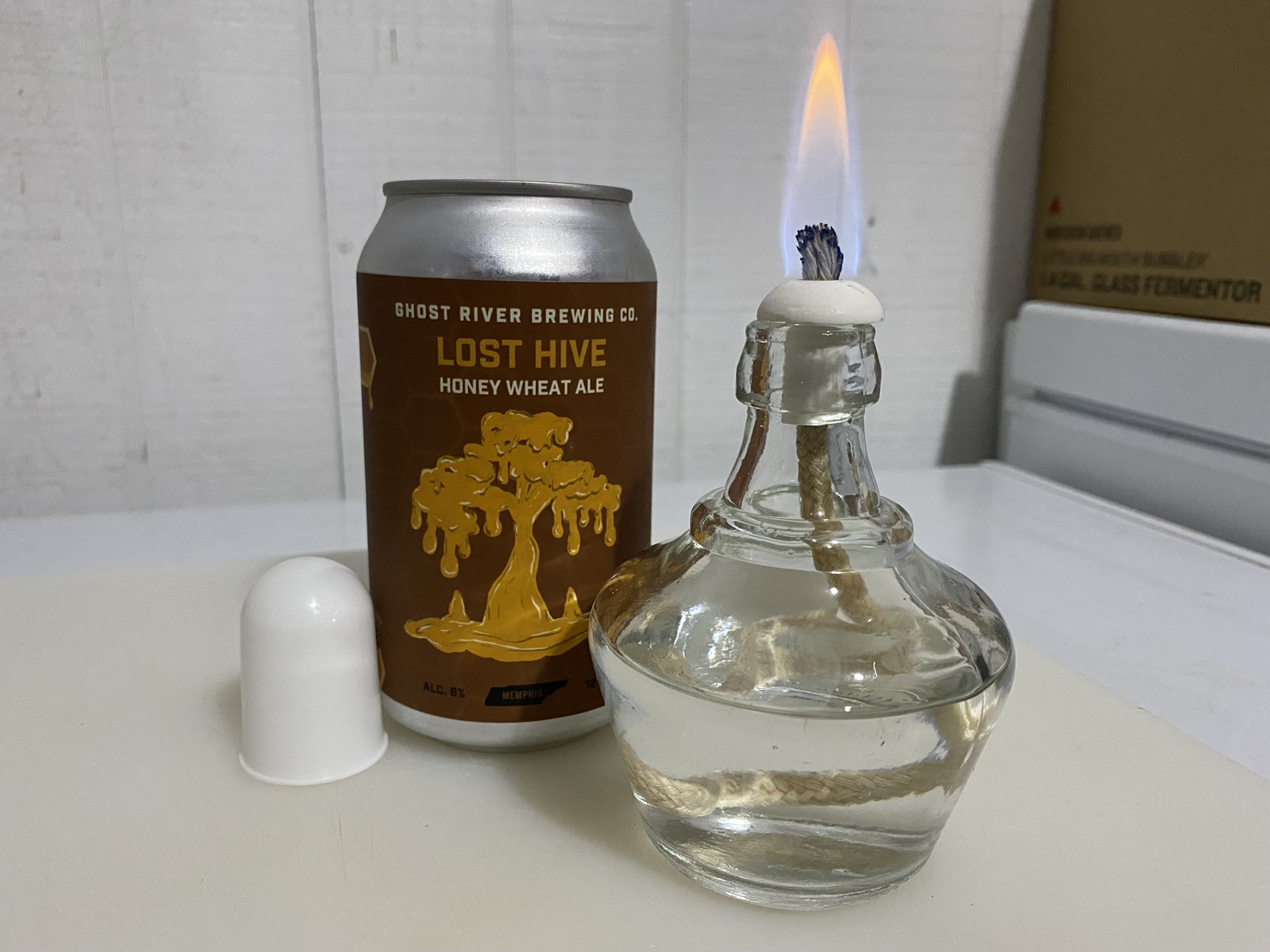No worries. There is a bit of art to it and it's kind of hard to convey in text. Not difficult, once you get the hang of it, but maybe not easy to put into words or convey even in a video. I learned by watching and being critiqued in person.
Yes, those bottles are pricey. I'll admit I'm still using an old media bottle from my lab days. But pourable bottles of that general shape are everywhere. Finding one with a screw cap that can handle the temps of autoclaving and can also go in a microwave may be a challenge though. I was looking around our kitchen just now and there plenty that seem a suitable shape. I'm dubious about most of the screw caps though. Dunno. You may need to use your imagination.
Yes, those bottles are pricey. I'll admit I'm still using an old media bottle from my lab days. But pourable bottles of that general shape are everywhere. Finding one with a screw cap that can handle the temps of autoclaving and can also go in a microwave may be a challenge though. I was looking around our kitchen just now and there plenty that seem a suitable shape. I'm dubious about most of the screw caps though. Dunno. You may need to use your imagination.















![Craft A Brew - Safale BE-256 Yeast - Fermentis - Belgian Ale Dry Yeast - For Belgian & Strong Ales - Ingredients for Home Brewing - Beer Making Supplies - [3 Pack]](https://m.media-amazon.com/images/I/51bcKEwQmWL._SL500_.jpg)














































